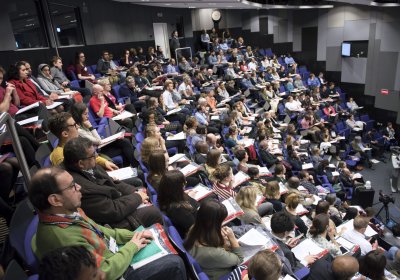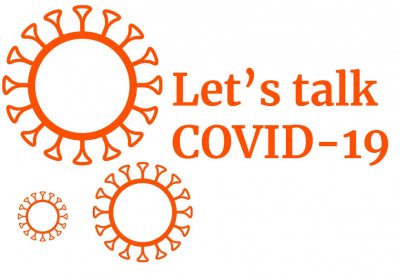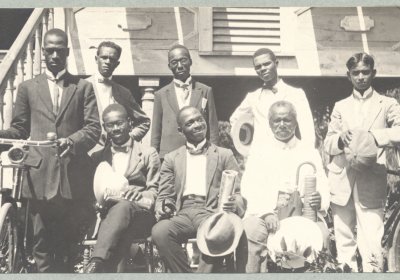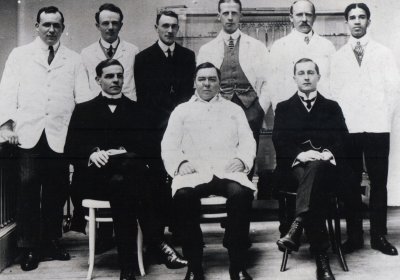Negotiating immunity: Mass vaccination in modern China and East Asia, 1945-75
This paper surveys mass immunization programs across East Asia after the Second World War, with a focus on the People’s Republic of China (PRC). After 1949, the newly established PRC provided mandatory, universal, and free vaccination in nation-wide campaigns against a variety of diseases, including but not limited to smallpox and tuberculosis. Large-scale immunization was well suited to new policies that stressed the health of the masses. Radio broadcasts, articles, posters, and other promotional materials show that during the early 1950s, the CCP specifically promoted immunization as a means by which the central state took care of the people’s health, encouraging an association between effective vaccination policies and legitimate, functional government. Yet mass immunization campaigns in the early PRC primarily served to expand and politicize vaccination programs that had begun before 1949, under China’s Nationalist government. Elsewhere in East Asia, in Taiwan and South Korea, the legacy of Japanese imperial rule and health administration meant that—as in Japan itself—post-1945 governments adapted existing infrastructures for mass vaccination and governed populations accustomed to receiving immunizations on a regular basis. The paper ends with a consideration of the ways in which East Asian nations also became involved in transnational health initiatives of the Cold War, focusing on how the PRC exported vaccines and support for immunization programs as a form of international aid and medical diplomacy outside the ambit of the WHO.




